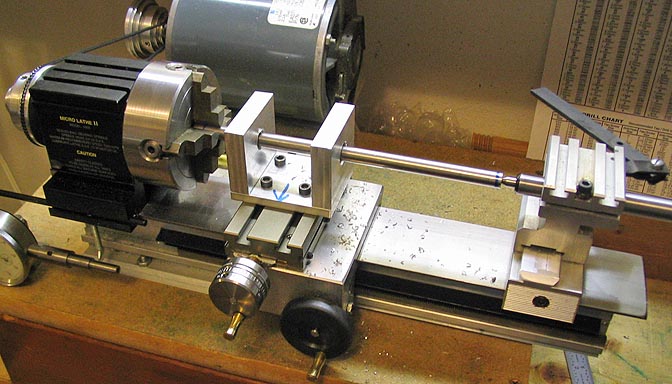I think the first suggestion you got was the best one.
put the shaft in the finished standards and place on your base and mark the holes for the standards. You will need to have the mount holes go completely through the standard so you can center punch the base plate through it. then drill the hole in the base plate and THEN go back and tap the holes in the standard and enlarge the hole in the base to clearance size for the screws on the bottom.
I will be doing the same thing described above when I get my crank shaft completed on the Hasbrouck #6. That is the way Ray described the work needed to mount the standards.
Kermit






